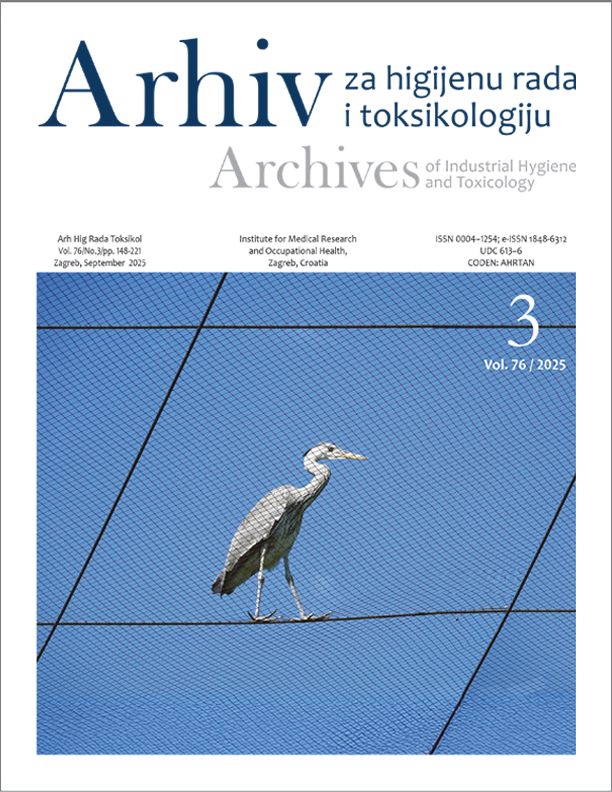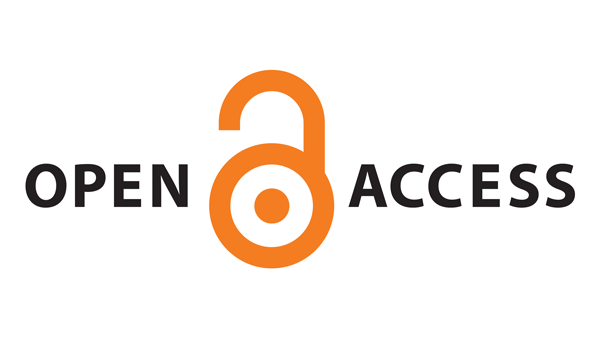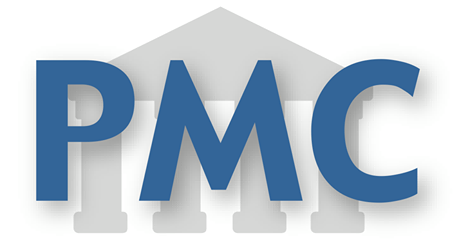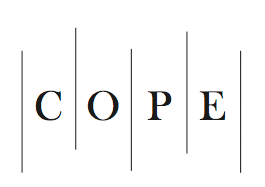Association between leisure noise exposure and hearing status in young Croatian adults
DOI:
https://doi.org/10.2478/aiht-2025-76-3968Keywords:
cross-sectional study, headphones, hearing loss, recreational listening to music, speakersAbstract
Young people often use headphones or speakers and most visit noisy places recreationally. The aim of this cross-sectional study was to determine the relationship between exposure to recreational noise and hearing in 108 young Croatian participants aged 18–28 years. Hearing was assessed with audiometry and noise exposure by measuring the headphone volume to which each participant was accustomed while listening to music. Data on the daily use of headphones/speakers, visits to recreational noisy places, self-assessment of hearing, and health and demographics data were obtained with a questionnaire developed for this purpose. Mild sensorineural hearing loss was found in 5.5 % of participants (one man and six women). While all men reported their hearing as good, 13.9 % of women (n=9) described their hearing as average. Those women had significantly higher hearing thresholds than women who rated their hearing as good (p=0.036). Men spent significantly more time using headphones/speakers than women (1.9±1.2 vs 1.3±0.8 hours, p=0.002). Both men and women spent similar amount of time in recreational noisy venues, averaging 12.0 hours per month. More men used headphones at volumes exceeding 70 dB than women (52.2 % vs 27.7 %, p=0.009). Participants who self-reported hearing loss had significantly higher hearing thresholds than those who did not (p=0.036). Although we found no clear link between recreational noise and hearing loss, elevated thresholds in participants who reported hearing difficulties highlight the need for targeted hearing loss prevention.
Downloads
Published
Issue
Section
License
Copyright (c) 2025 Selma Cvijetić Avdagić, Marija Kujundžić, Zrinka Franić, Mislav Malić, Davor Šušković, Siniša Fajt, Jelena Macan

This work is licensed under a Creative Commons Attribution 4.0 International License.














